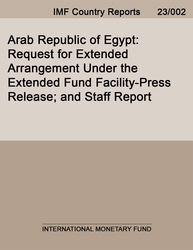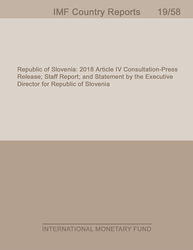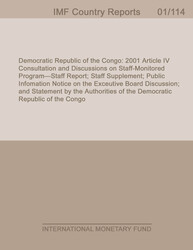
Arab Republic of Egypt:Request for Extended Arrangement Under the Extended Fund Facility-Press Release; and Staff Report
Arab Republic of Egypt: Request for Extended Arrangement Under the Extended Fund Facility-Press Release; and Staff Report
READ MORE...
Volume/Issue:
Volume 2023
Issue 002
Publication date: January 2023
ISBN: 9798400228469
$20.00
Add to Cart by clicking price of the language and format you'd like to purchase
Available Languages and Formats
| English |
Prices in red indicate formats that are not yet available but are forthcoming.
Topics covered in this book
This title contains information about the following subjects.
Click on a subject if you would like to see other titles with the same subjects.
Exports and Imports , Economics- Macroeconomics , Money and Monetary Policy , Public Finance , International - Economics , EFF arrangement , policy package , financing gap , policy transmission , GRA credit , long-term debt , policy distortion , Debt service , Credit , Global
Also of interest
Summary
Egypt exhibited resilience to the COVID-19 pandemic shock following timely policy response supported by the 2020 Rapid Financing Instrument (RFI) and 2020–21 Stand-By Arrangement (SBA). While performance under the SBA was strong, the immediate health crisis delayed efforts to re-invigorate much needed structural reforms while high public debt vulnerabilities continued to expose the country to changes in global financial conditions and investor sentiments. As economic recovery gained momentum during FY2021/22, imbalances also started building amidst a stabilized exchange rate. The outbreak of Russia’s war on Ukraine crystallized pre-existing pressures, giving way to capital outflows and large reserves losses while high commodity prices led to rising inflation. Trade spillovers have also been significant given Egypt’s dependence on Russia and Ukraine for wheat and tourism. In October, the authorities took bold policy actions to unwind prior policy distortions including a shift to a flexible exchange rate while taking measures to help shield the Egyptian population from a mounting cost-of-living crisis. But global uncertainty casts a long shadow on Egypt’s recovery and the longstanding need for advancing deep structural reforms to spur sustainable, inclusive, and job-rich growth remains.
Copyright © 2010 - 2025
Powered by:
AIDC



